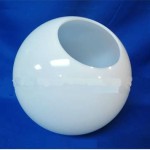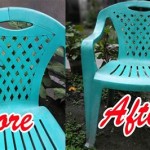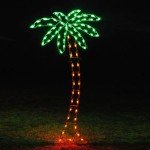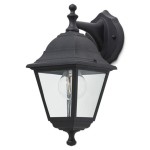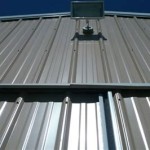What Cable To Use For Outdoor Lighting
When it comes to outdoor lighting, choosing the right cable is essential for ensuring safety, durability, and performance. With a wide range of cables available, selecting the most suitable option can be daunting. This article will delve into the key aspects to consider when choosing the right cable for your outdoor lighting needs.
Cable Type: The type of cable used for outdoor lighting depends on the specific application. For low-voltage lighting systems, such as path lights or accent lighting, typically 12 or 24 volts, low-voltage landscape wire is commonly used. It is designed to withstand direct burial and is often available in black or brown to blend with surrounding soil. For higher-voltage applications, such as outdoor floodlights or wall fixtures, standard electrical cable, such as NM-B or UF cable, is appropriate.
Conductor Material: The conductor material is another important consideration. Most outdoor lighting cables use copper conductors, which offer excellent conductivity and durability. However, aluminum conductors are also available as a more economical option. While aluminum is more prone to corrosion, it is suitable for some outdoor applications where cost is a primary concern.
Cable Gauge: The cable gauge refers to the thickness of the conductors. The appropriate gauge depends on the wattage of the lighting fixtures and the distance the cable will run. For most outdoor lighting applications, 12-gauge or 14-gauge cables are sufficient. However, for longer runs or higher-wattage fixtures, thicker gauges, such as 10-gauge, may be necessary to minimize voltage drop.
Insulation and Jacket: The cable's insulation and jacket play a crucial role in protecting the conductors from moisture, abrasion, and UV rays. For outdoor applications, cables with UV-resistant insulation and a durable jacket are essential. Common insulation materials include PVC (polyvinyl chloride), polyethylene (PE), and EPR (ethylene propylene rubber). Jackets can be made of PVC, polyethylene, or a combination of materials to enhance protection.
Direct Burial or Above Ground: The intended installation method also influences cable selection. For cables that will be buried directly in the ground, direct burial cables are specifically designed to withstand moisture and soil conditions. Above-ground cables, on the other hand, require additional protection from the elements, such as conduit or cable trays.
Conclusion: Choosing the right cable for outdoor lighting is crucial for safety, durability, and performance. By considering factors such as cable type, conductor material, gauge, insulation, and intended installation method, you can ensure your outdoor lighting system operates reliably and safely for years to come. Always consult with a qualified electrician to determine the specific requirements for your project.

Using A Cable To Hang String Lights Concord Carpenter

Techmar 15m Main Cable Spt 3 With 6 Connectors

Choosing Low Voltage Lighting Transformers Cable And Wire Connectors In Lite Outdoor

What S The Best Cable To Use For Outdoor Lighting Billyoh Extra

Outdoor Garden Lighting Cable Elluminate

Low Voltage Garden Lights Cable 25m Awg14

Outdoor Low Voltage Lighting Diy Family Handyman

Techmar 8m Main Cable Spt 1 With 4 Connectors

16 2 Low Voltage Landscape Wire With Connectors 100ft Outdoor Iron Forge Tools

12 2 Low Voltage Landscape Lighting Direct Burial Copper Wire Kings Outdoor
Related Posts
